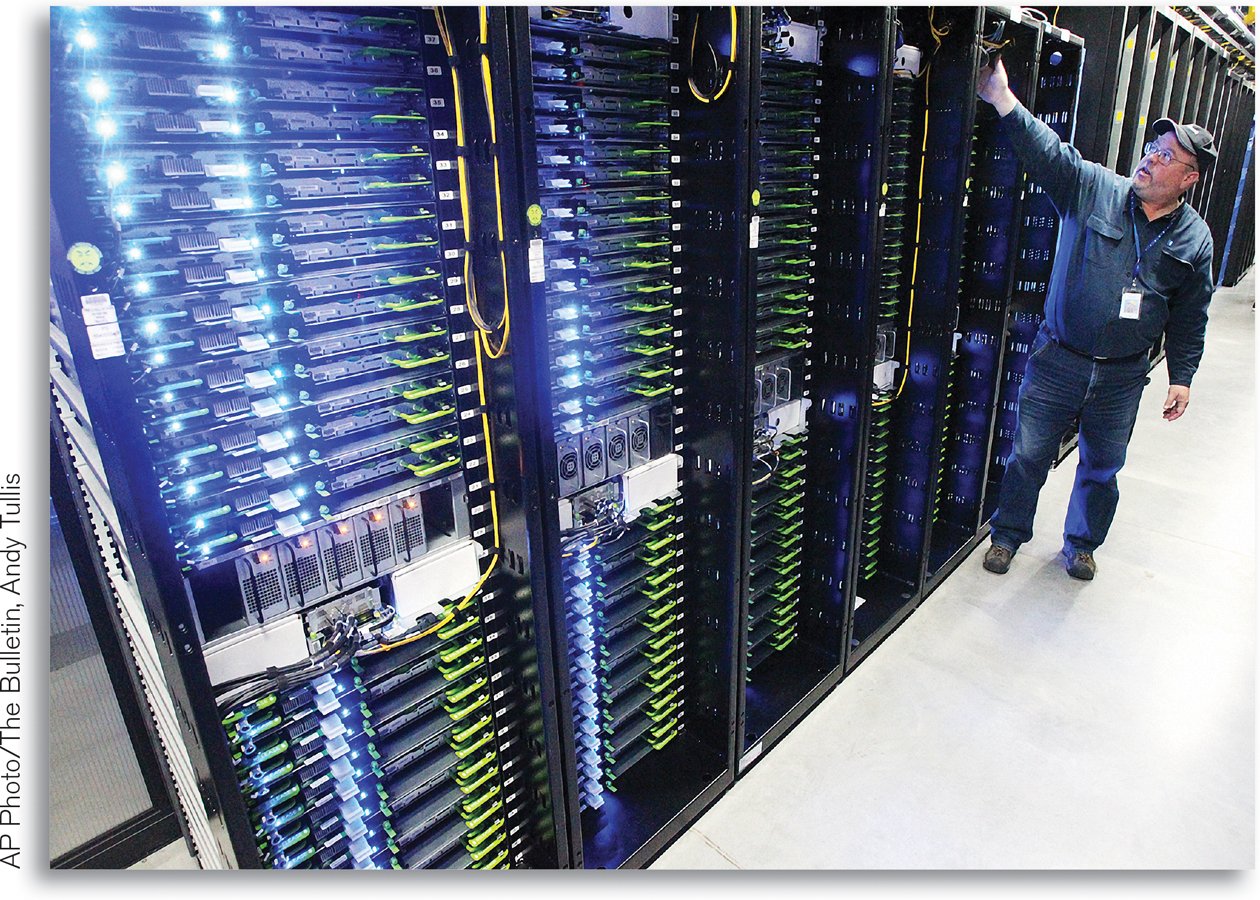Savings, Investment Spending, and the Financial System
25
 What You Will Learn in This Chapter
What You Will Learn in This Chapter
The relationship between savings and investment spending
Aspects of the loanable funds market, which show how savers are matched with borrowers
The purpose of the five principal types of financial assets: stocks, bonds, loans, real estate, and bank deposits
How financial intermediaries help investors achieve diversification
Some competing views of what determines asset prices and why asset market fluctuations can be a source of macroeconomic instability
FUNDS FOR FACEBOOK

“Facebook Is Hunting for More Money”—so read a 2009 headline in Business Week, which reported that the social networking site was seeking to borrow a $100 million credit line. Why would a wildly successful business like Facebook need to borrow money? Everyone knows Facebook. Founded in 2004, it has gone on to become arguably the biggest business success story of the twenty-
In large part, of course, the answer is that the company had a good idea. Personalized web pages providing information to friends and family turned out to be something many people really wanted. Equally important, since advertisers wanted access to the readers of those pages, Facebook could make a lot of money selling advertising space.
But having a good idea isn’t enough to build a business. Entrepreneurs need funds: you have to spend money to make money. Although businesses like Facebook seem to exist solely in the virtual world of cyberspace, free of the worldly burdens of brick-
So where did Facebook get the money to equip these server farms? Some of it came from investors who acquired shares in the business, but much of it was borrowed. As Facebook grew bigger, so did the amount it borrowed.
The ability of Facebook to raise large sums of money to finance its growth is, in its own way, as remarkable as the company’s product. In effect, some young guy with a bright idea is able to lay his hands on hundreds of millions of dollars to build his business. It’s an amazing story.
Yet this sort of thing is common in modern economies. The long-
Historically, financial systems channeled funds into investment spending projects such as railroads and factories. Today, financial systems channel funds into new sources of growth such as green technology, social media, and investments in human capital. Without a well-
In this chapter, we begin by focusing on the economy as a whole. We will examine the relationship between savings and investment spending. Next, we go behind this relationship and analyze the financial system, the means by which savings is transformed into investment spending. We’ll see how the financial system works by creating assets, markets, and institutions that increase the welfare of both savers (those with funds to invest) and borrowers (those with investment spending projects to finance). Finally, we examine the behavior of financial markets and why they often resist economists’ attempts at explanation.